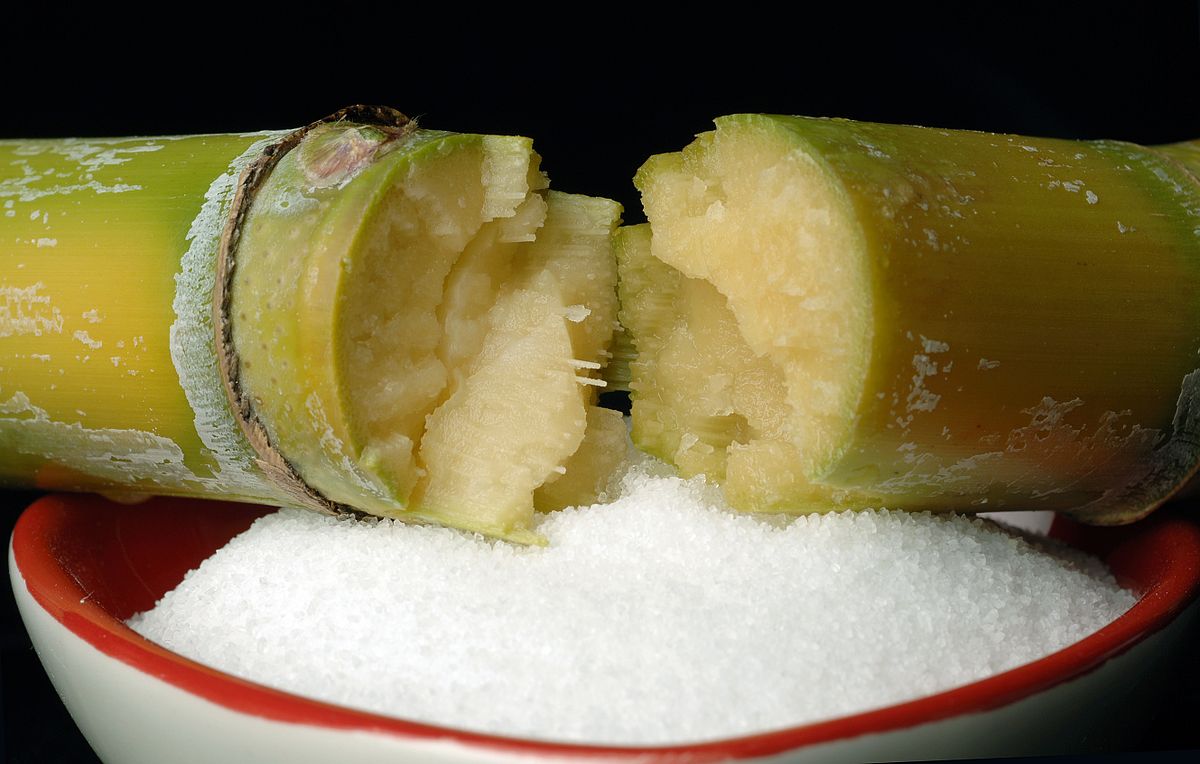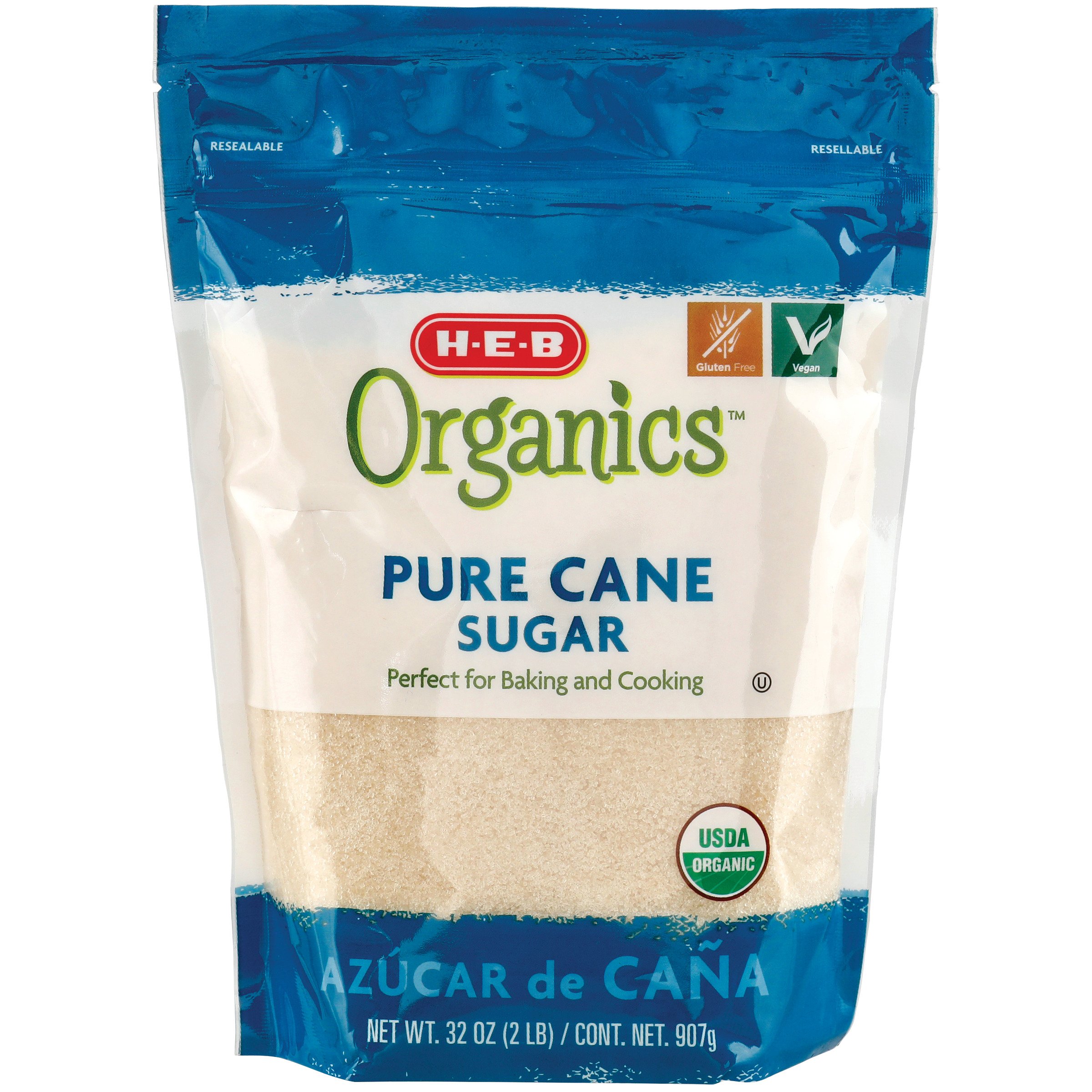Cane Sugar Processing: Secret Technologies for Superior Sugar Production
Cane Sugar Processing: Secret Technologies for Superior Sugar Production
Blog Article
Discovering the Comprehensive Tips Involved in Cane Sugar Handling From Collecting to Refinement
The procedure of walking cane sugar manufacturing encompasses a series of detailed actions, beginning with the careful harvesting of sugarcane and culminating in the refinement stages that guarantee the final item meets industry criteria. Each phase, from the removal of juice to the purification and condensation procedures, plays a crucial role in identifying the high quality and personality of the sugar.
Harvesting Sugarcane
Collecting sugarcane is an important action in the walking stick sugar processing chain, as it straight affects the high quality and return of the final product. Appropriate timing and strategies are important throughout this stage to guarantee ideal sugar web content and lessen losses. Generally, sugarcane is gathered when it reaches maturation, typically 12 to 18 months after growing, defined by a high sucrose focus.

Post-harvest, the sugarcane should be processed quickly to stop sucrose degradation. Ideally, collected cane ought to be transported to processing facilities within 24 hours to protect sugar top quality. For that reason, reliable logistical planning is crucial to keep the honesty of the gathered crop throughout the supply chain.
Extraction Process

The smashed walking stick goes through a series of pressing procedures to maximize juice healing. Usually, warm water is splashed onto the crushed walking cane, developing a countercurrent circulation that aids liquify the sugar while also helping in the extraction process. The juice collected from this procedure consists of not just sugar but also numerous organic substances and contaminations.
:strip_icc()/How-to-Plant-and-Grow-Sugar-Cane-965303384-2fdac181359d44c185dfa7988fc181a8.jpg)
To enhance removal efficiency, some facilities might employ diffusion techniques, where the sugarcane is soaked in warm water, allowing the soluble sugars to diffuse right into the liquid. The resulting juice, abundant in sucrose, is then directed to succeeding handling stages, laying the foundation for filtration and improvement. The removal process is hence critical in identifying the top quality and yield of the final sugar item.
Filtration Strategies
The filtration methods used in walking cane sugar handling are necessary for changing the raw juice into a premium sugar product. These methods largely aim to remove pollutants, such as dirt, plant materials, and inorganic substances, which can negatively impact the last product's taste and shade.
This process involves adding lime and warmth to the raw juice, which assists in the coagulation of impurities. Furthermore, the usage of phosphoric acid can boost the information procedure by additional binding contaminations.
An additional significant method is carbonatation, where co2 is presented to the made clear juice. This response produces calcium carbonate, which captures staying contaminations and advertises their removal.
Furthermore, turned on carbon treatment may be related to adsorb any remaining colorants and organic pollutants, making certain a much more polished product. The mix of these methods properly prepares the sugar juice for subsequent you can try this out action in the refining process, setting the stage for the production of high-quality cane sugar.
Condensation Techniques
After the purification stage, the next critical action in walking stick sugar handling entails crystallization approaches, which play an essential role in changing the Visit Your URL made clear juice right into solid sugar. This procedure commonly uses two main methods: spontaneous crystallization and regulated formation.
In spontaneous crystallization, supersaturated sugar remedies are enabled to cool down naturally, leading to the development of sugar crystals over time. This method permits for the consistent growth of sugar crystals and higher pureness.
During crystallization, the clarified juice is concentrated via dissipation, raising its sugar material until it reaches supersaturation. When this factor is achieved, either method can promote the crystallization procedure. Cane Sugar Processing. The resultant sugar crystals are then divided from the continuing to be syrup through centrifugation
Eventually, the option of formation technique influences the high quality, dimension, and purity of the final sugar item, making this step important in the overall cane sugar processing procedure.
Refinement and Product Packaging
Just how can the pureness and top quality of walking stick sugar be further boosted after crystallization? The refinement process plays a vital role in accomplishing high-grade walking stick sugar. Complying with condensation, sugar undergoes a comprehensive washing to get rid of pollutants and recurring molasses. This is commonly accomplished utilizing cozy water or steam, which helps liquify and draw out undesirable aspects while preserving the sugar crystals.
Next, the sugar undergoes a process called centrifugation, where it is rotated at broadband to separate the cleansed sugar crystals from the continuing to be liquid. After centrifugation, the sugar is commonly further refined via a method called carbonization or phosphatation, which makes use of triggered carbon or phosphoric acid to get rid of shade and off-flavors.
When refined, the sugar is dried out to attain the preferred wetness material, making certain that it stays secure during storage space and transport. The final action includes packaging the refined sugar in moisture-proof and airtight containers to maintain its quality and prevent contamination. Cane Sugar Processing. Proper product packaging not only prolongs life span but likewise assists in very easy handling link and circulation, making sure that consumers receive sugar that fulfills the highest standards of pureness and quality
Verdict
The thorough actions associated with cane sugar handling, from the careful harvesting of sugarcane to the complex refinement and product packaging stages, emphasize the relevance of each stage in guaranteeing top quality sugar production. Ideal harvesting techniques, effective removal approaches, and extensive filtration procedures jointly add to the final item's purity and stability. The condensation and succeeding product packaging techniques better enhance the honesty and rack life of the sugar, highlighting the complexity and accuracy integral in this essential agricultural sector.
The procedure of cane sugar production encompasses a series of detailed steps, beginning with the mindful harvesting of sugarcane and finishing in the refinement phases that make sure the last item satisfies market criteria. Ideally, gathered walking stick should be delivered to processing facilities within 24 hours to preserve sugar top quality.In spontaneous formation, supersaturated sugar services are enabled to cool normally, leading to the development of sugar crystals over time - Cane Sugar Processing. The improvement procedure plays a vital duty in achieving high-quality walking stick sugar.The comprehensive steps entailed in cane sugar processing, from the precise harvesting of sugarcane to the intricate refinement and packaging stages, emphasize the importance of each stage in guaranteeing high-quality sugar manufacturing
Report this page